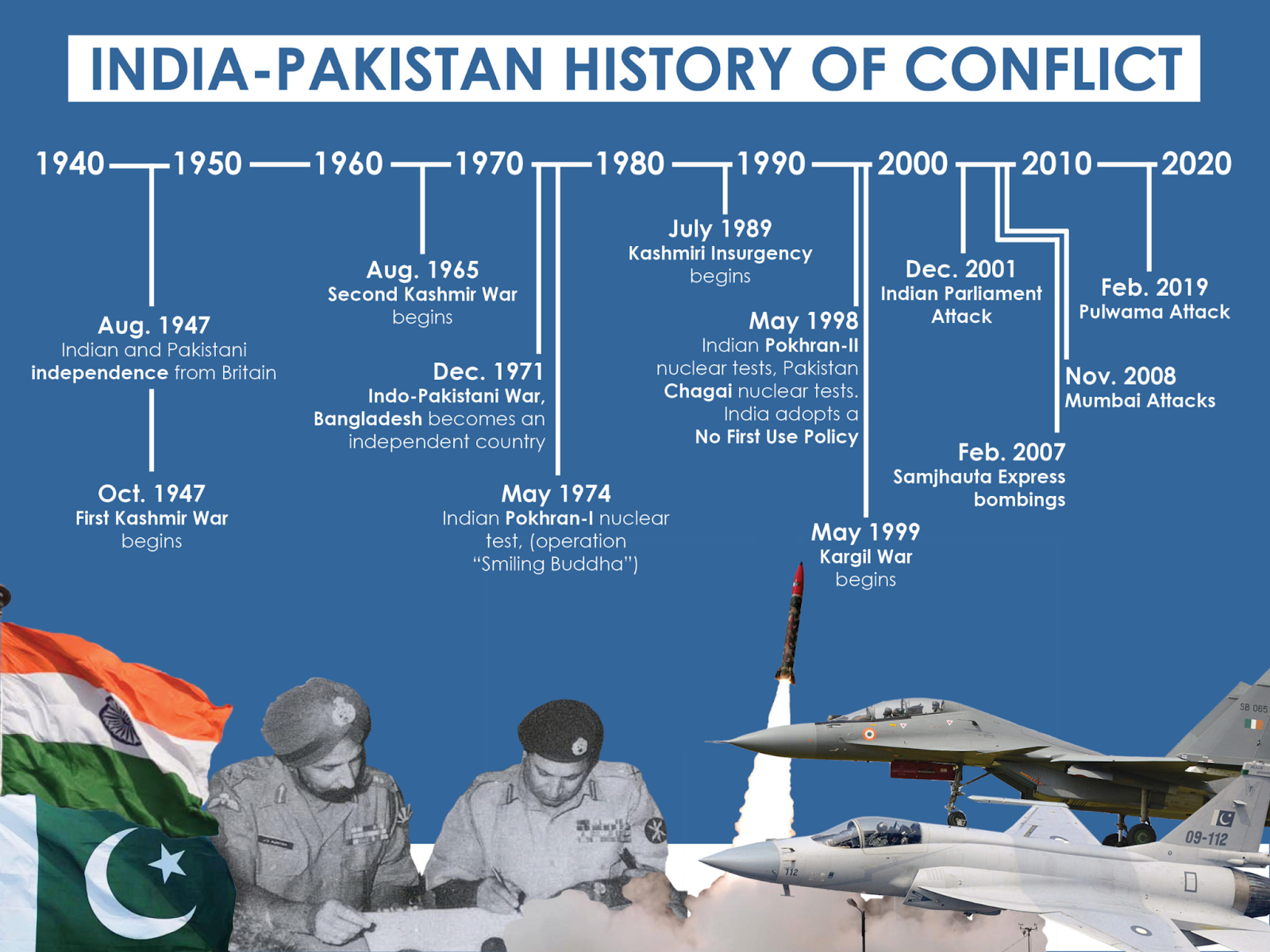NCERT Chapter on Veer Abdul Hameed | 21 Sep 2024
Why in News?
Recently, a chapter titled 'Veer Abdul Hameed’ and a poem titled 'National War Memorial' have been included in the NCERT curriculum of Class VI.
What are the Key Facts About Changes in the NCERT Textbook?
- Chapter on 'Veer Abdul Hameed': It honours Company Quarter Master Havildar (CQMH) Abdul Hameed. He is a war hero from the India-Pakistan war 1965 who was awarded the Param Veer Chakra posthumously.
- His story of bravery and supreme sacrifice is intended to inspire students with real-life examples of patriotism and devotion to duty.
- Poem on 'National War Memorial': It aims to cultivate a deep sense of respect for the soldiers who sacrificed their lives for the nation, and to promote a spirit of national pride and remembrance for their bravery.
- The National War Memorial stands testimony to the sacrifices made by our soldiers during various conflicts, United Nations Operations, Humanitarian Assistance and Disaster Response Operations since Independence.
- It was inaugurated on 25th Feb 2019 at the India Gate complex, New Delhi.
- The National War Memorial stands testimony to the sacrifices made by our soldiers during various conflicts, United Nations Operations, Humanitarian Assistance and Disaster Response Operations since Independence.
- Aligned with NEP 2020 and NCF 2023: The changes are aligned with the vision of the National Education Policy (NEP) 2020 and National Curriculum Framework (NCF) 2023.
- NEP 2020 and NCF 2023 emphasise holistic education that promotes ethical values, patriotism, and the development of responsible citizens.
What are the Key Facts About Veer Abdul Hameed?
- About Abdul Hamid: He served with the 4th Grenadiers Battalion of the Indian Army and was part of India’s defence force in the Battle of Asal Uttar during the India-Pakistan War in 1965.
- Battle of Asal Uttar: The Battle of Asal Uttar took place in early September 1965, near the India-Pakistan border in Punjab, close to the town of Khem Karan.
- Pakistan aimed to invade India, capture Khem Karan, and advance towards the Beas River bridge to isolate strategic areas like Amritsar.
- Utilizing a significant number of superior Patton tanks, Pakistan's offensive surprised Indian forces, initially forcing a retreat.
- This was one of the largest tank battles of the 1965 India-Pakistan War.
- Role of Abdul Hamid: Abdul Hameed was stationed near Chima village on the Amritsar-Khem Karan road, leading a detachment of Recoilless Guns to target enemy tanks.
- On 10th September 1965, he spotted four Pakistani Patton tanks, destroying three and damaging one. He was subsequently killed by fire from another tank.
- Recognition: The site of his death is now part of a war memorial.
- A captured Pakistani Patton tank stands guard at the entrance of the building, with its turret down, as a tribute to the Indian soldiers who fought and died in the battle.

